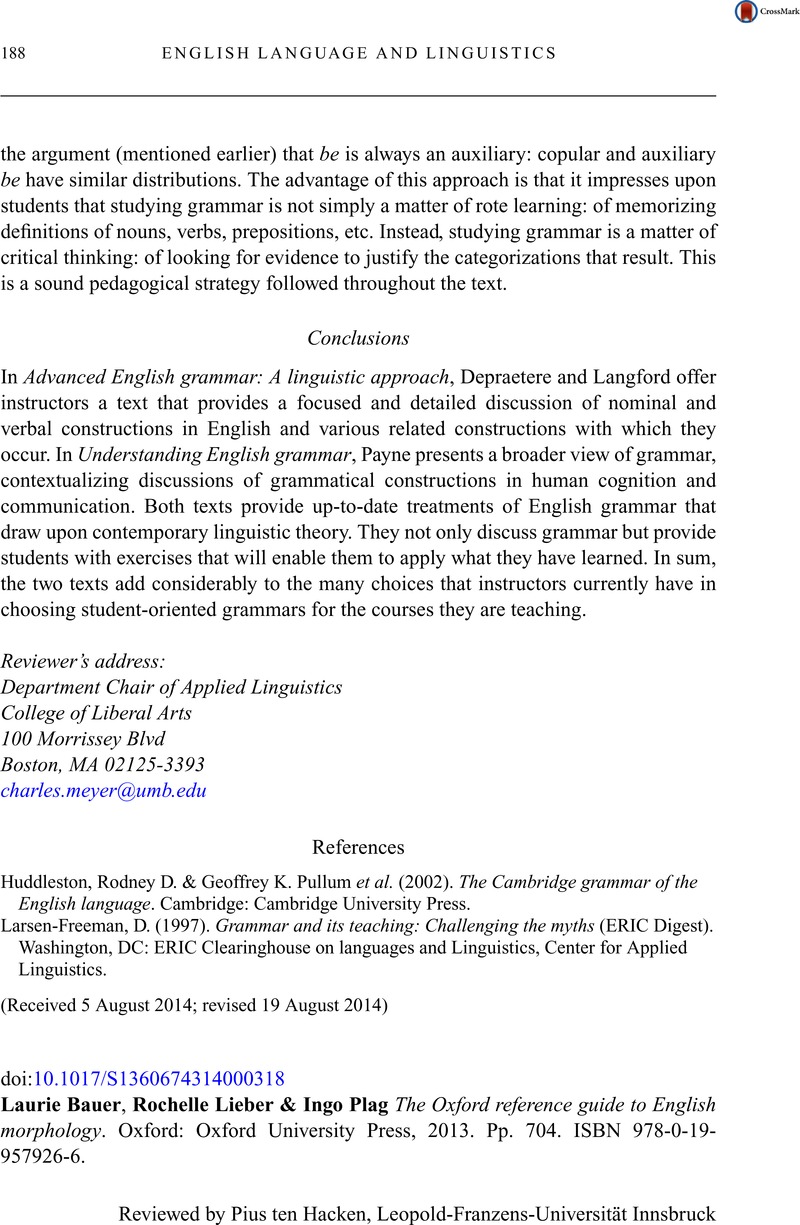Crossref Citations
This article has been cited by the following publications. This list is generated based on data provided by Crossref.
Noori, Abdullah
and
Asir, Mohammad Hamid
2024.
The Morphological Tapestry: A Linguistic Exploration.
Journal of Language and Linguistics in Society,
p.
10.




